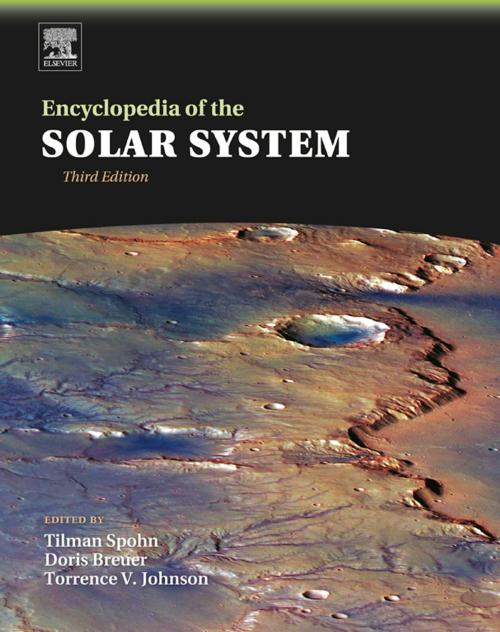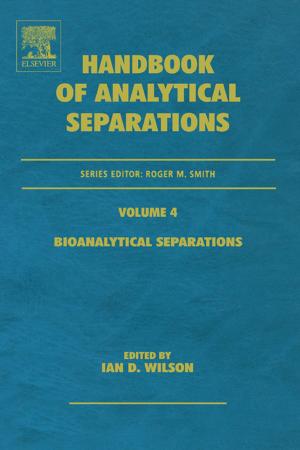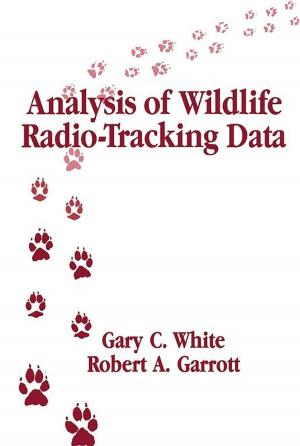Encyclopedia of the Solar System
Nonfiction, Science & Nature, Science, Physics, Astrophysics & Space Science, Technology, Reference & Language, Reference| Author: | ISBN: | 9780124160347 | |
| Publisher: | Elsevier Science | Publication: | May 30, 2014 |
| Imprint: | Elsevier | Language: | English |
| Author: | |
| ISBN: | 9780124160347 |
| Publisher: | Elsevier Science |
| Publication: | May 30, 2014 |
| Imprint: | Elsevier |
| Language: | English |
The Encyclopedia of the Solar System, Third Edition—winner of the 2015 PROSE Award in Cosmology & Astronomy from the Association of American Publishers—provides a framework for understanding the origin and evolution of the solar system, historical discoveries, and details about planetary bodies and how they interact—with an astounding breadth of content and breathtaking visual impact. The encyclopedia includes the latest explorations and observations, hundreds of color digital images and illustrations, and over 1,000 pages. It stands alone as the definitive work in this field, and will serve as a modern messenger of scientific discovery and provide a look into the future of our solar system.
New additions to the third edition reflect the latest progress and growth in the field, including past and present space missions to the terrestrial planets, the outer solar systems and space telescopes used to detect extrasolar planets.
- Winner of the 2015 PROSE Award in Cosmology & Astronomy from the Association of American Publishers
- Presents 700 full-color digital images and diagrams from current space missions and observatories, bringing to life the content and aiding in the understanding and retention of key concepts.
- Includes a substantial appendix containing data on planetary missions, fundamental data of relevance for planets and satellites, and a glossary, providing immediately accessible mission data for ease of use in conducting further research or for use in presentations and instruction.
- Contains an extensive bibliography, providing a guide for deeper studies into broader aspects of the field and serving as an excellent entry point for graduate students aiming to broaden their study of planetary science.
The Encyclopedia of the Solar System, Third Edition—winner of the 2015 PROSE Award in Cosmology & Astronomy from the Association of American Publishers—provides a framework for understanding the origin and evolution of the solar system, historical discoveries, and details about planetary bodies and how they interact—with an astounding breadth of content and breathtaking visual impact. The encyclopedia includes the latest explorations and observations, hundreds of color digital images and illustrations, and over 1,000 pages. It stands alone as the definitive work in this field, and will serve as a modern messenger of scientific discovery and provide a look into the future of our solar system.
New additions to the third edition reflect the latest progress and growth in the field, including past and present space missions to the terrestrial planets, the outer solar systems and space telescopes used to detect extrasolar planets.
- Winner of the 2015 PROSE Award in Cosmology & Astronomy from the Association of American Publishers
- Presents 700 full-color digital images and diagrams from current space missions and observatories, bringing to life the content and aiding in the understanding and retention of key concepts.
- Includes a substantial appendix containing data on planetary missions, fundamental data of relevance for planets and satellites, and a glossary, providing immediately accessible mission data for ease of use in conducting further research or for use in presentations and instruction.
- Contains an extensive bibliography, providing a guide for deeper studies into broader aspects of the field and serving as an excellent entry point for graduate students aiming to broaden their study of planetary science.















